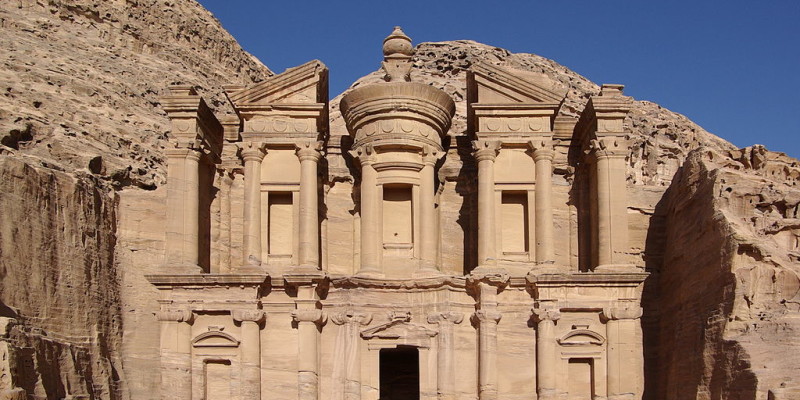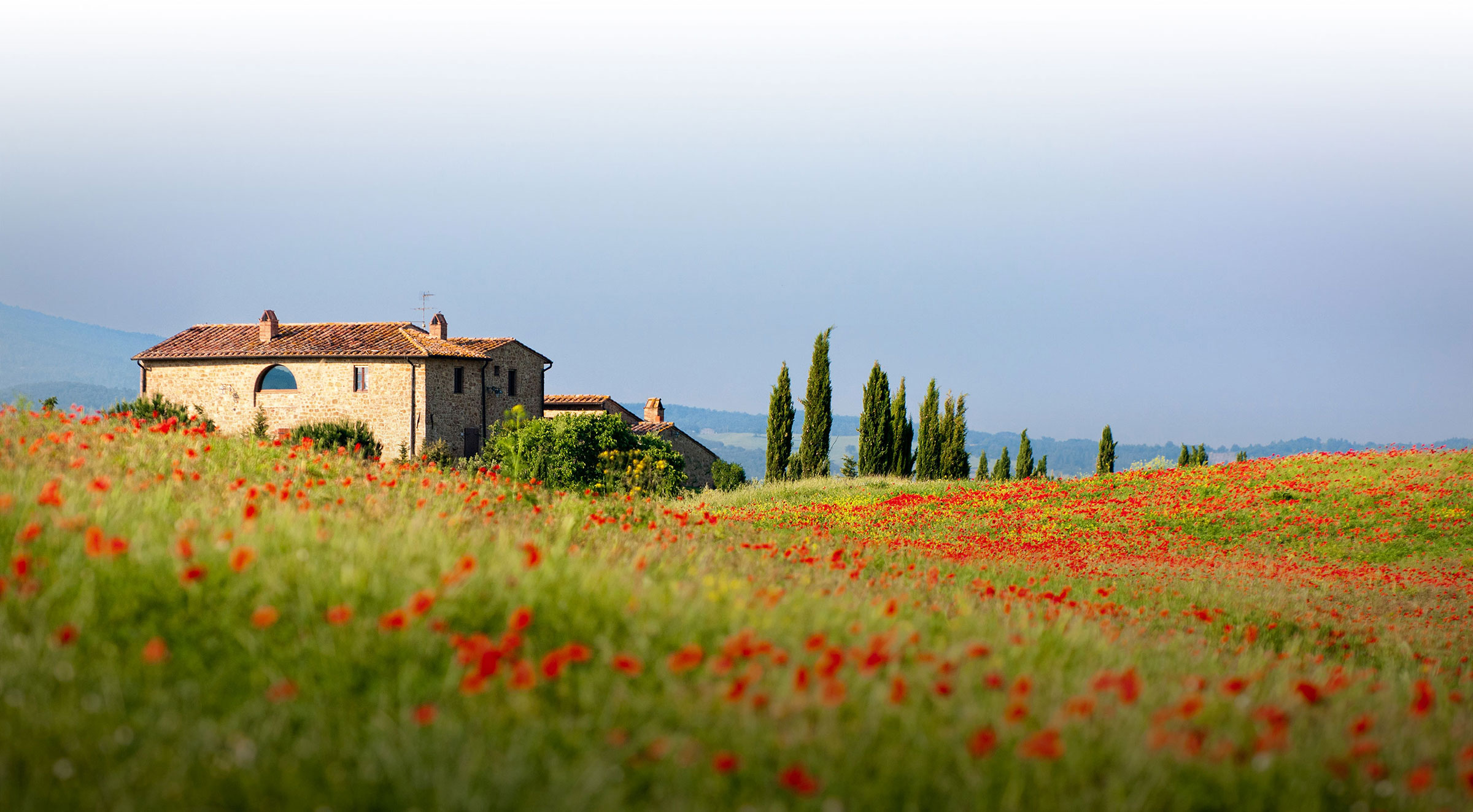Petra, Jordan

By Berthold Werner (Own work) [GFDL (http://www.gnu.org/copyleft/fdl.html) or CC BY-SA 3.0 (http://creativecommons.org/licenses/by-sa/3.0)], via Wikimedia Commons
Petra, a UNESCO World Heritage Site, is the most popular tourist attraction in Jordan–and for good reason. Archaeologists believe it was built as far back as 312 BC, with tombs, temples, and theaters intricately carved straight into the massive walls of red sandstone.
Rich with opportunities to explore history, religion, and unbelievable feats of architecture and engineering, a trip to Petra will never be forgotten.
You enter the ancient site through a long, narrow canyon called the Siq. Notice how the sandstone walls are angled such that the walk is shaded and cool even at the height of the day. As you reach the final stretch of the Siq, you’ll lay eyes on the first of many wonders inside Petra, the Treasury. Surrounded by raw rock wall on all sides, the Treasury’s finely carved facade feels straight out of a movie. Indeed, it’s often featured in films, most notably for many teenagers, Indiana Jones and the Last Crusade.
After exploring the Treasury, hike up to the Monastery, which offers incredible views back to the Treasury and much of the ancient site. Along the way you’ll find locals selling water, tea, snacks, and locally crafted goods. Pace yourself, stop to rest and enjoy, and follow all the signs that say “View” for the most majestic views in the site.
Although a tourist destination, the paths are often unmarked–be sure to bring a map and follow it as you explore, or hire a guide to show you around and share the history of the area. For adventurous sorts, Petra is full of smaller paths to explore, with surprises along the way. Taking the time to journey away from the crowds will give you the chance to feel the solitude of the desert and the majesty of this ancient city.
Petra requires walking, and a lot of it, often in the heat of the desert sun. Cars aren’t allowed into the site, although families can rent horses and carriages or mules, donkeys, and camels to ride upon. From the entrance to the majestic Treasury is over a mile’s walk, and from there to the Monastery is about a ninety minute walk, steeply uphill. The ancient cobblestone paths are not conducive to strollers–if you’re bringing small children a backpack carrier is essential. While children of all ages will marvel at a journey through Petra, waiting until your family is old enough to take on the challenging hike might provide the optimal experience for everyone.
The best months to visit are late spring and late fall–even in October, the temperatures will reach the upper 80s during the height of the day, but they’ll stay well below the 110+ degree temperatures you’ll find during the summer months.
A trip to Petra might also include visits to float in the nearby Dead Sea, camp with the Bedouins in the desert at Wadi Rum, and dive in the coral reefs off the port city of Aqaba.

